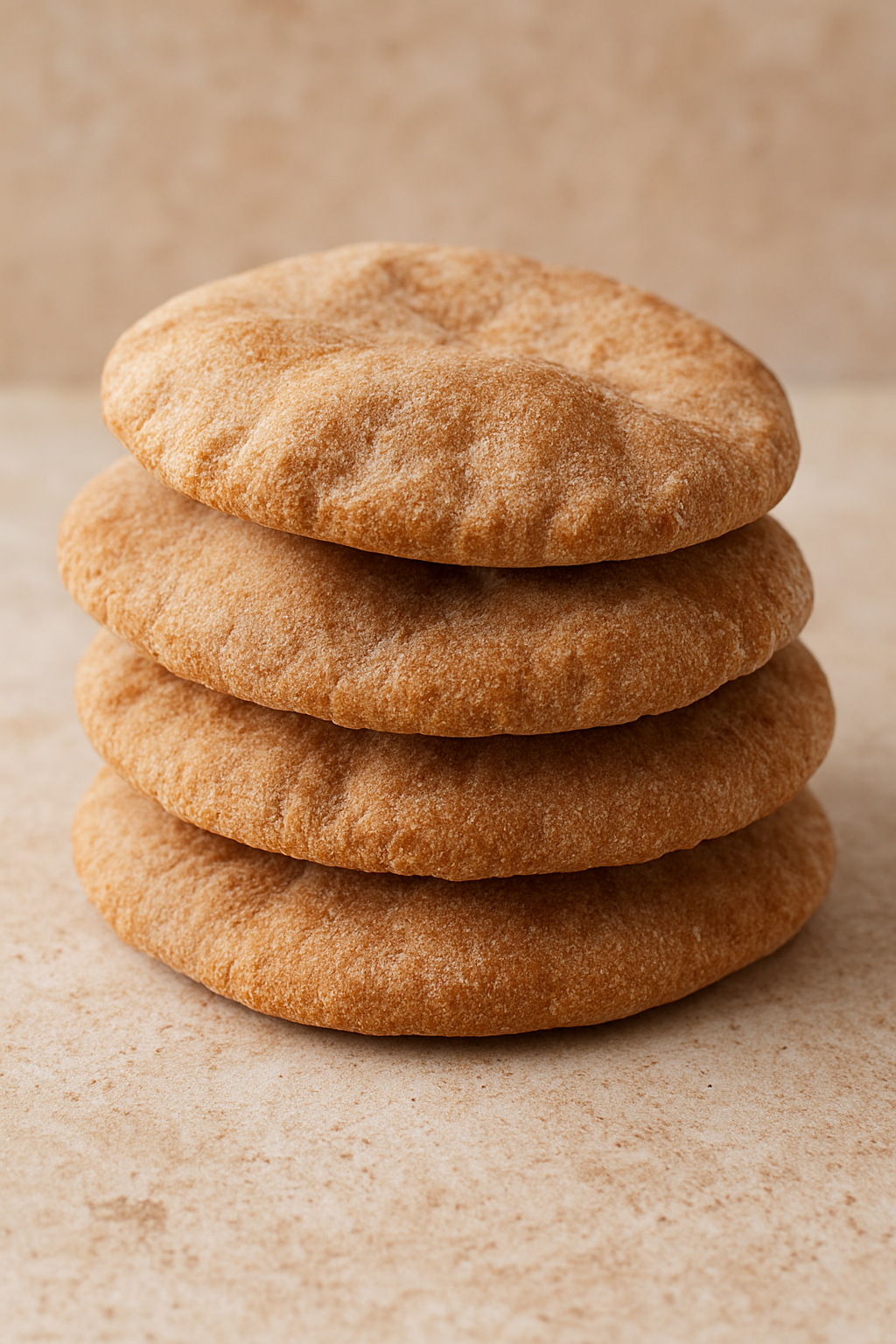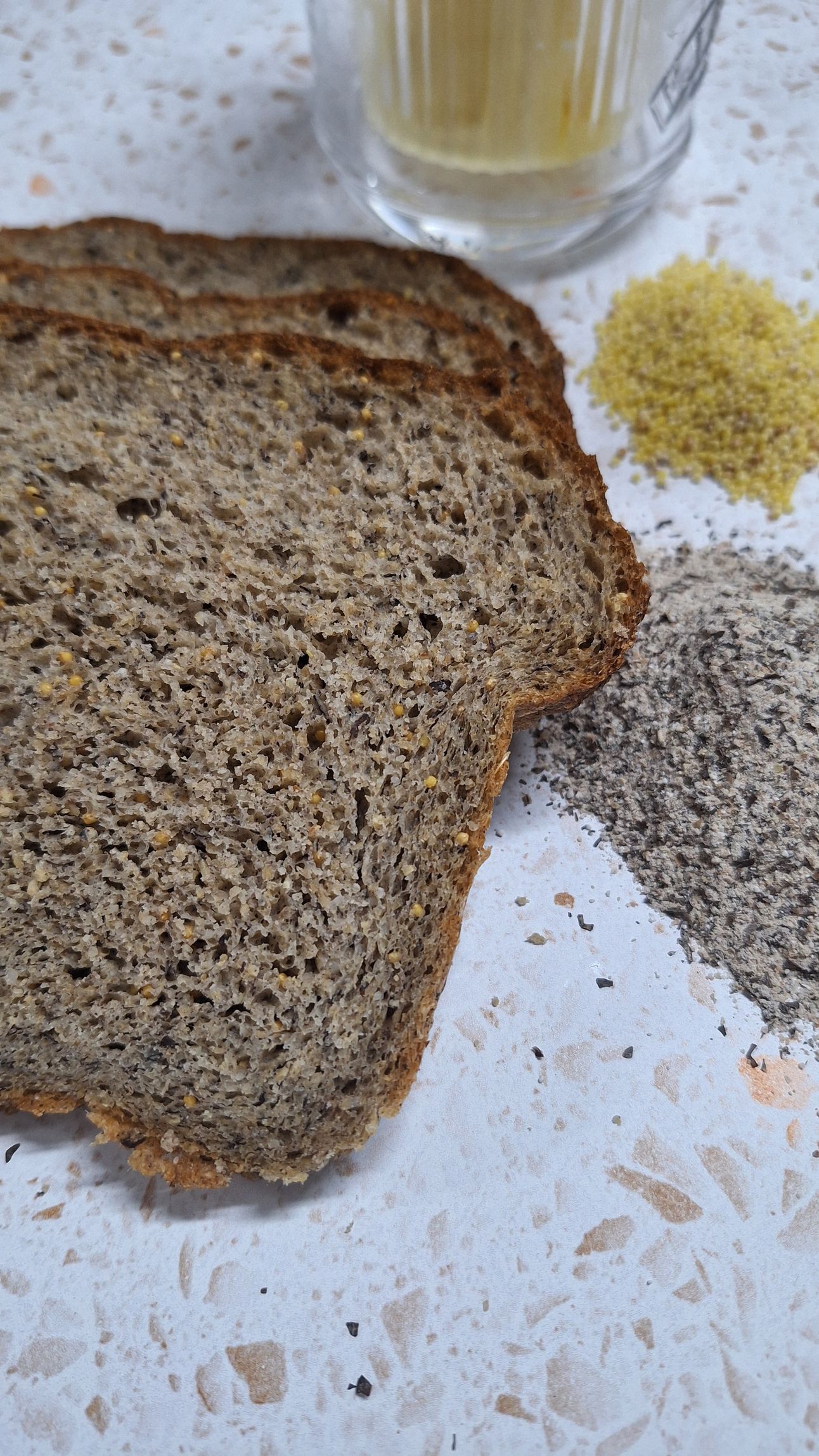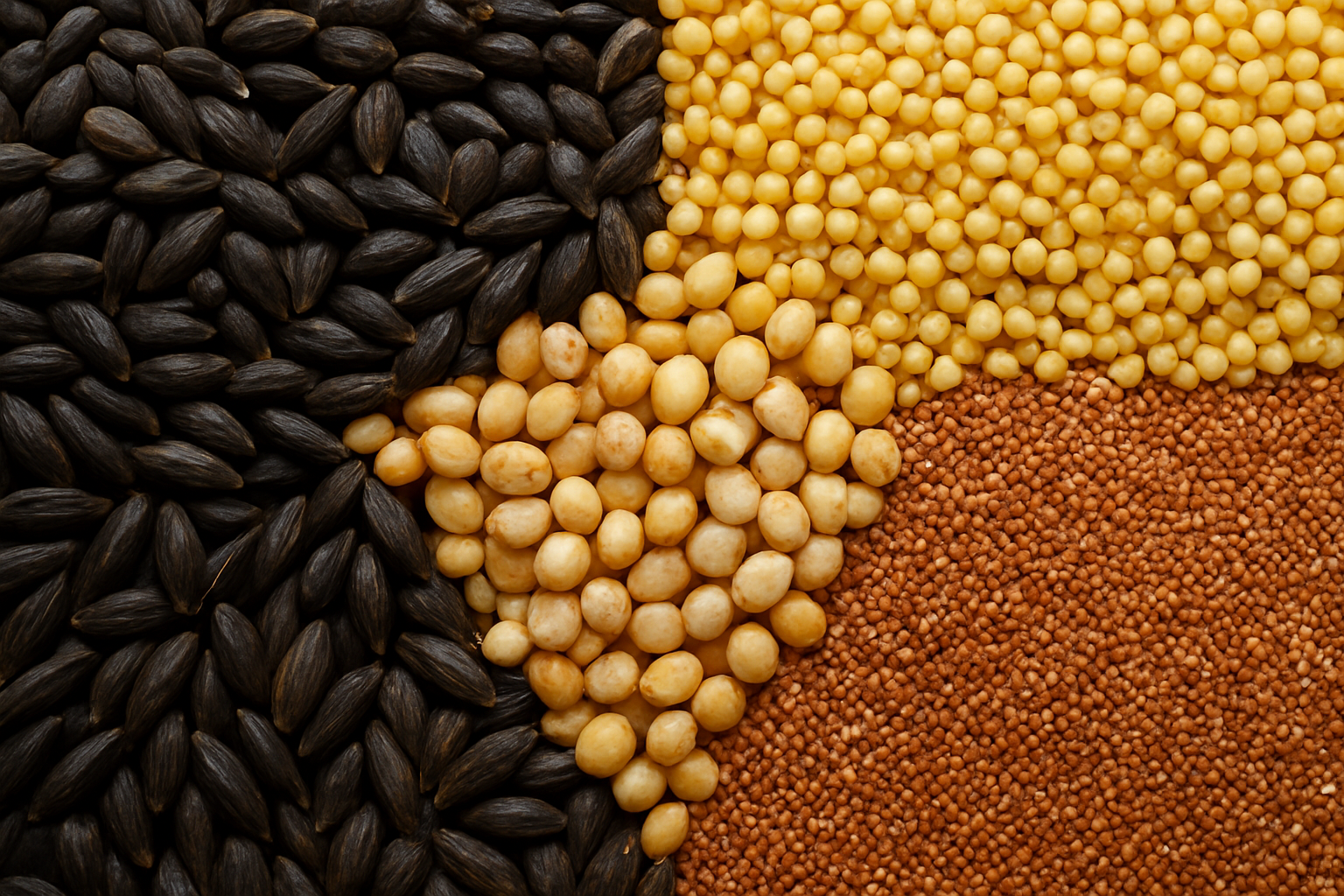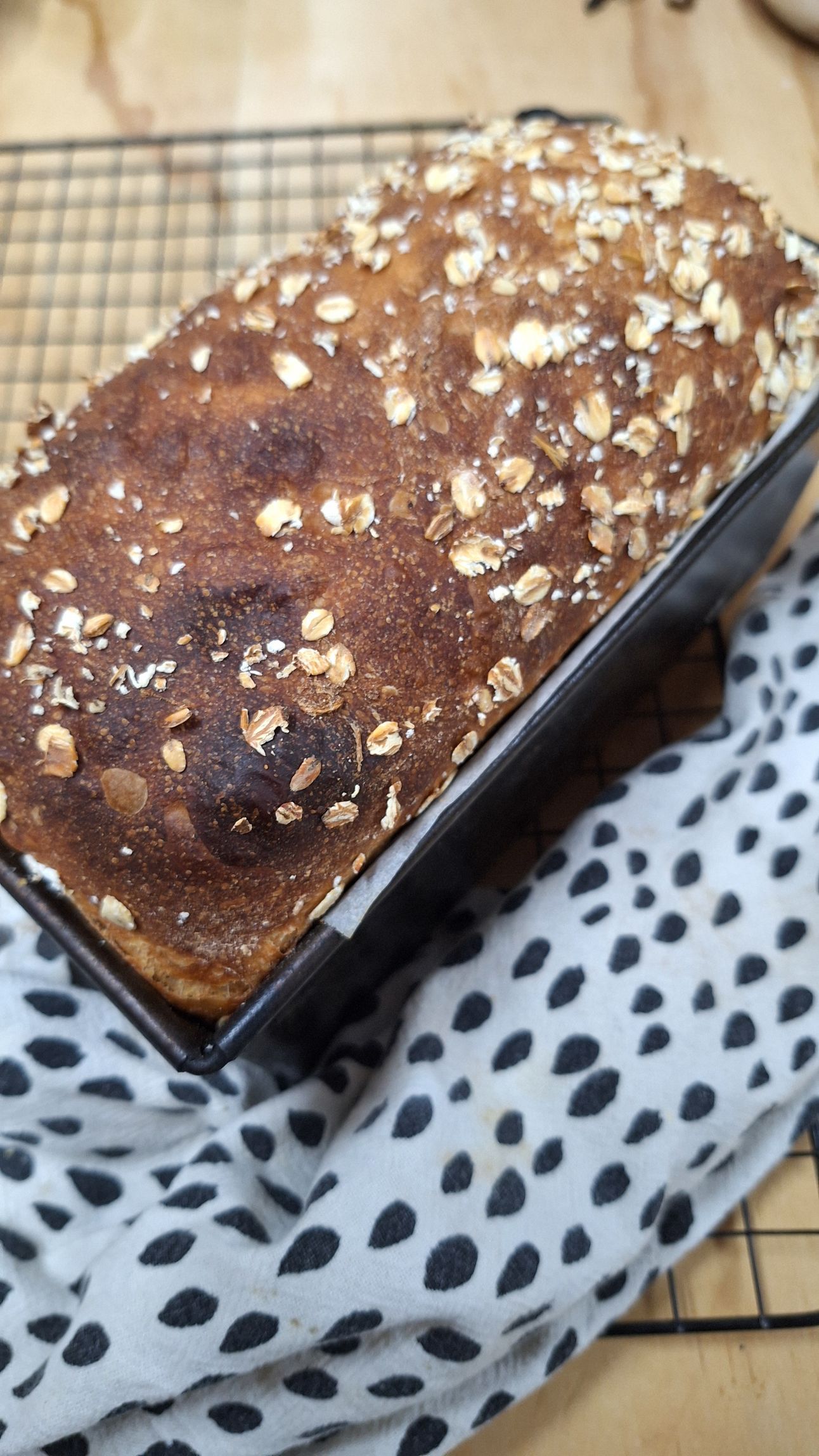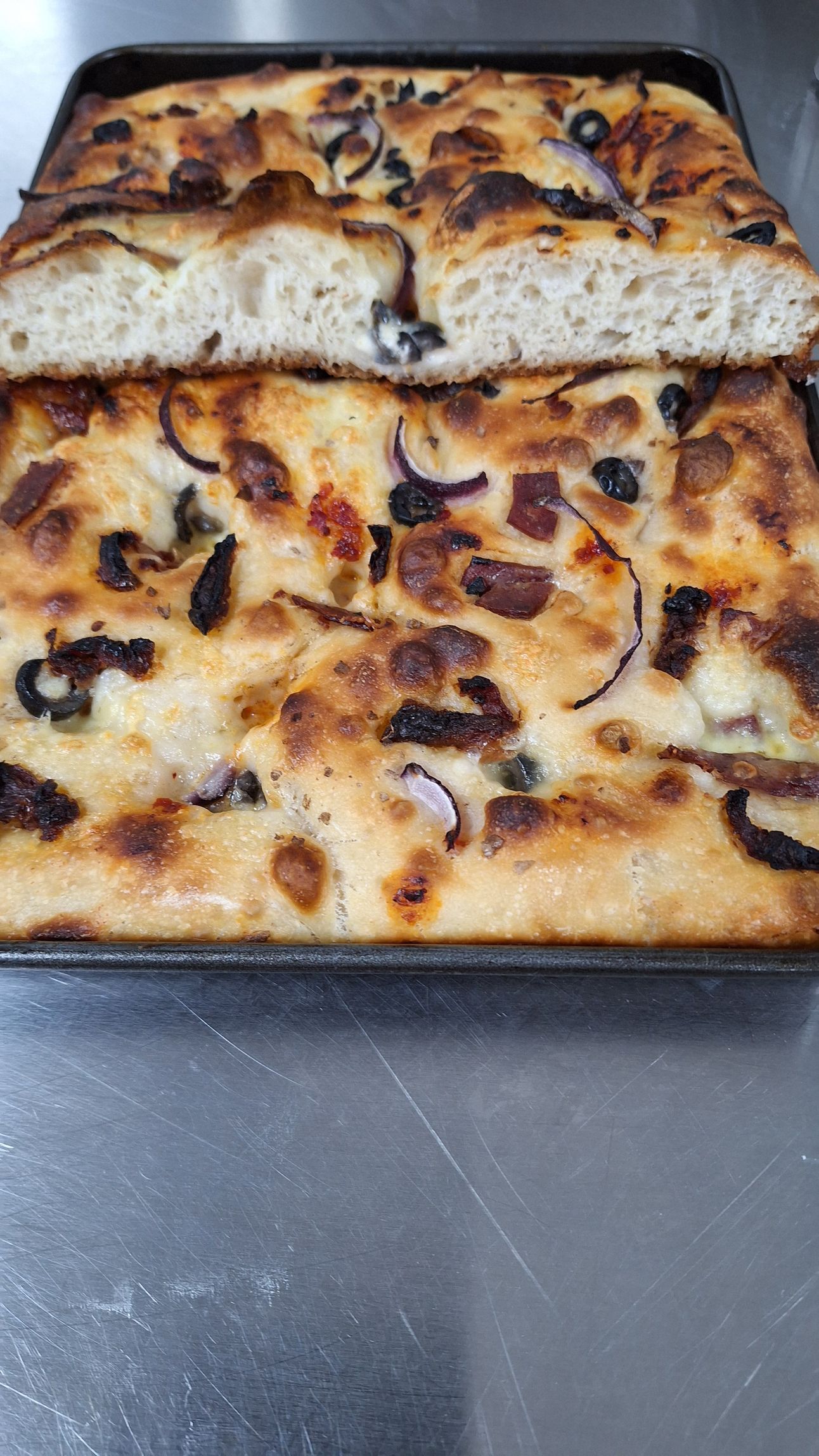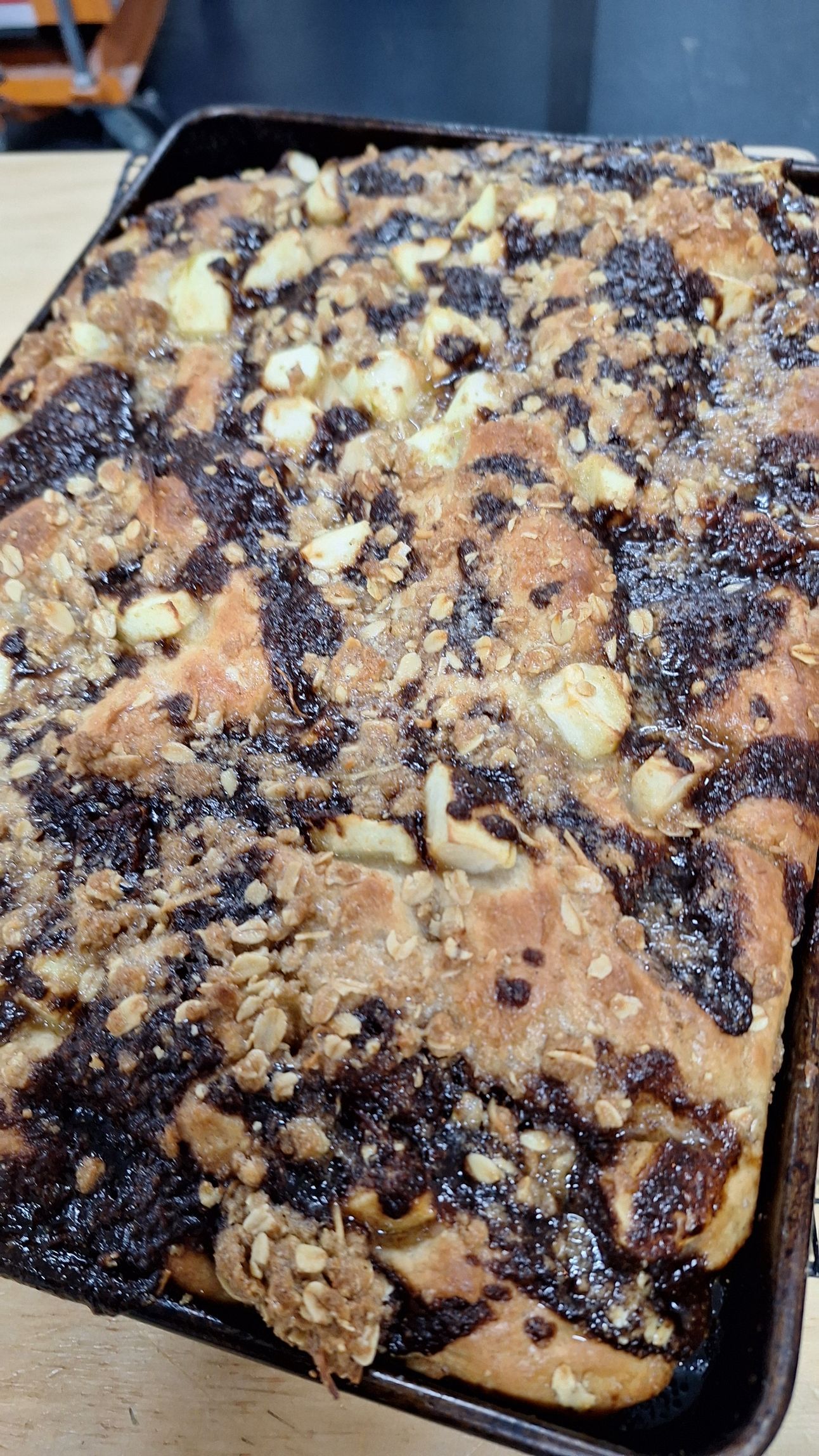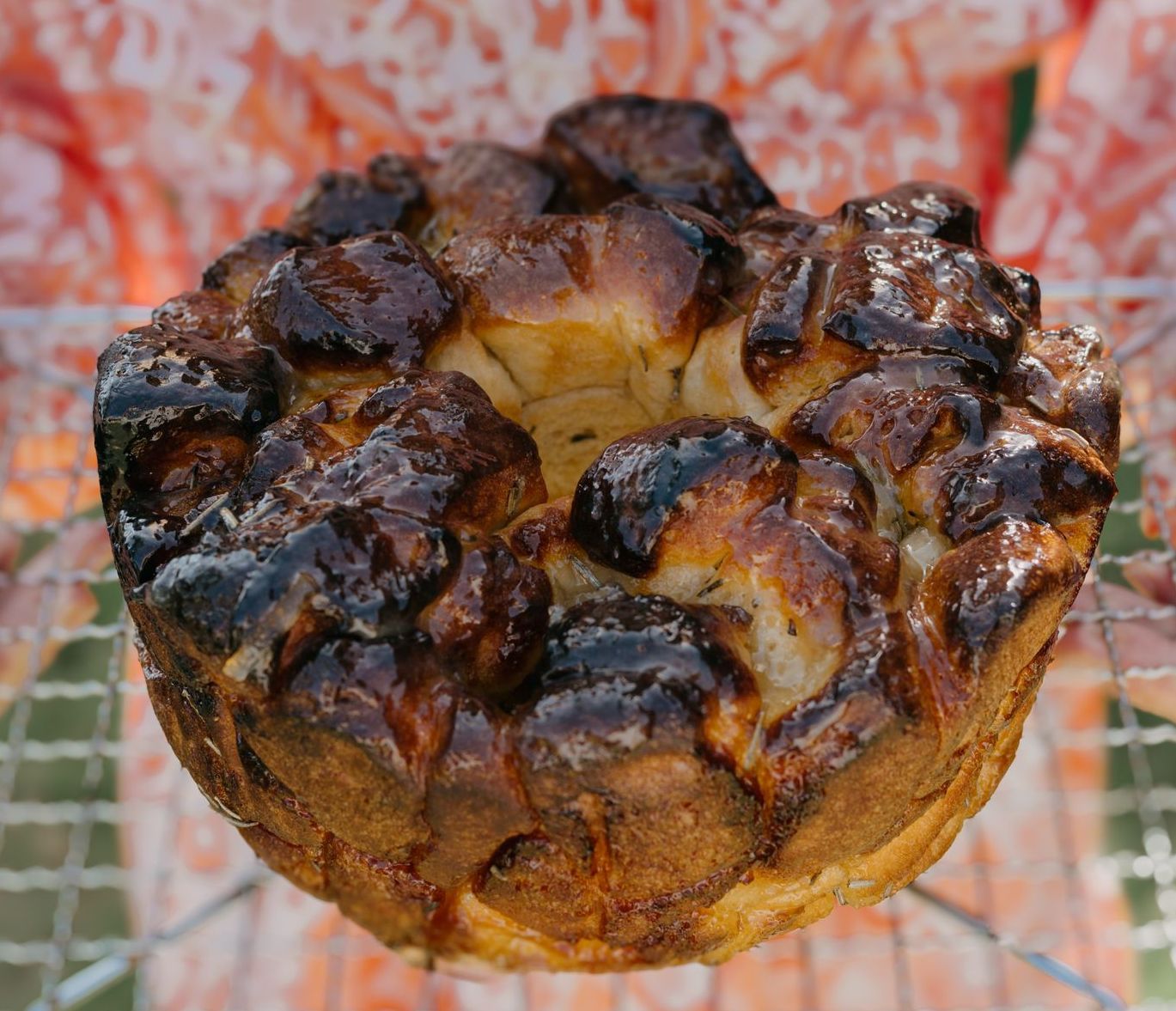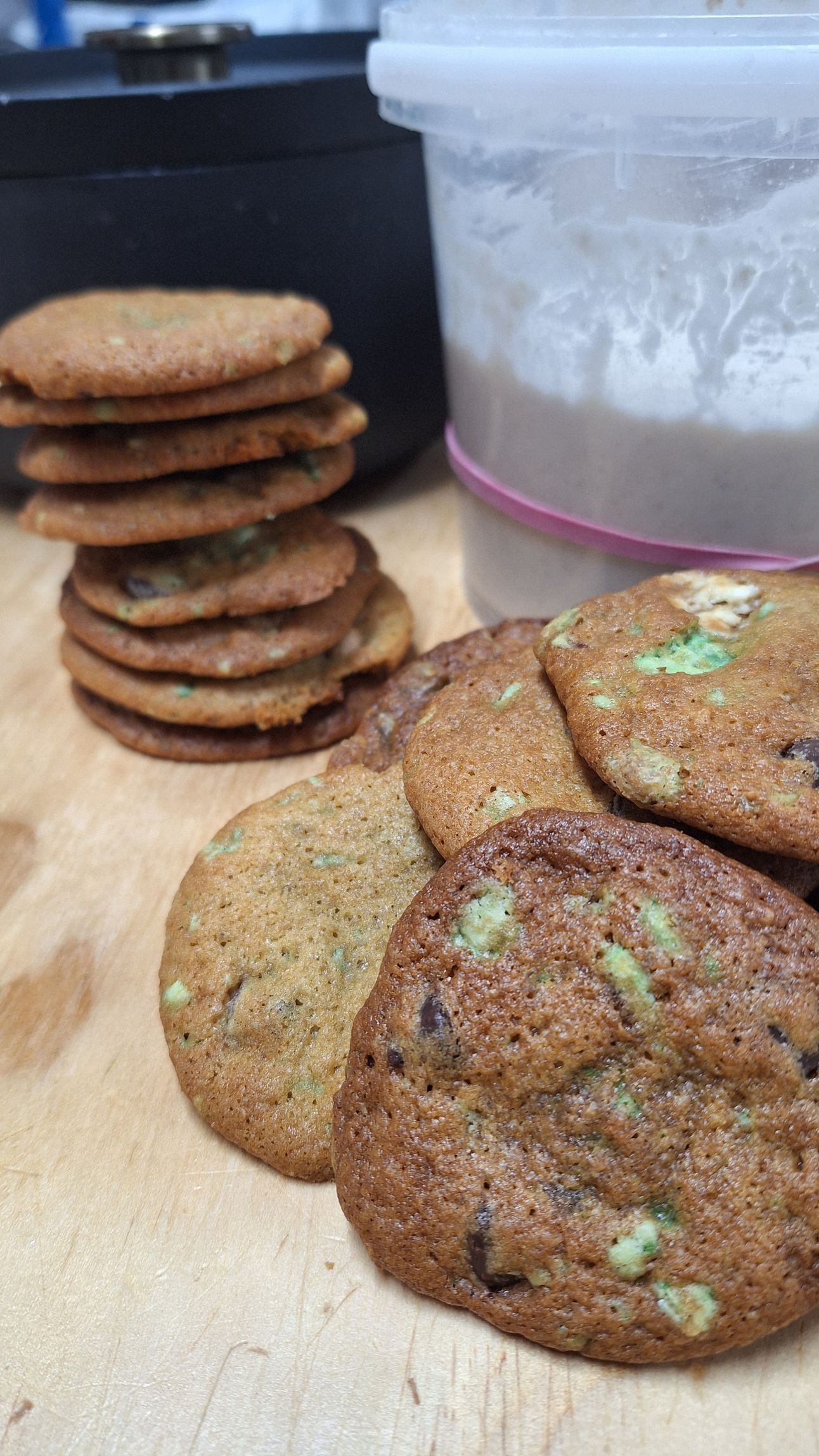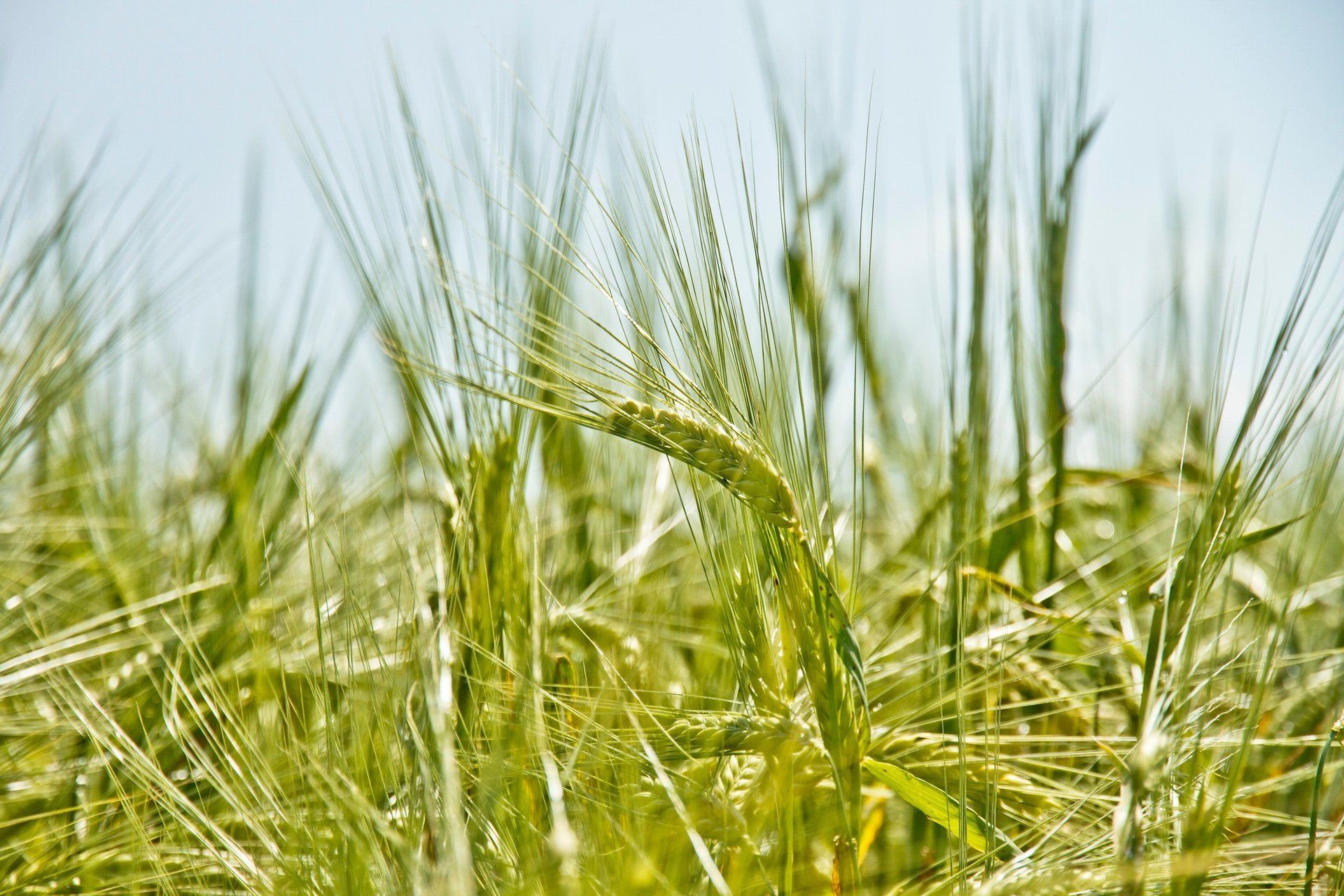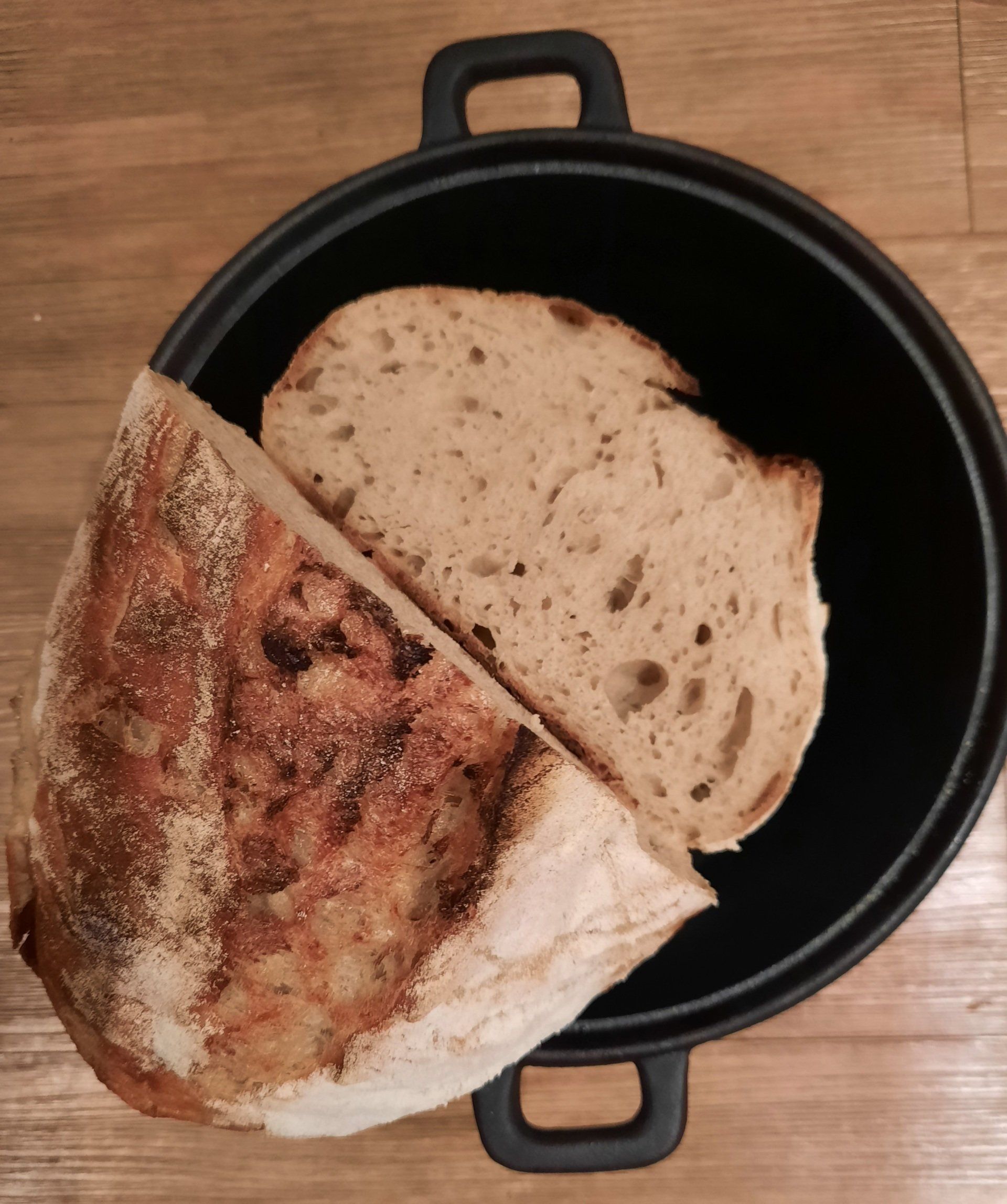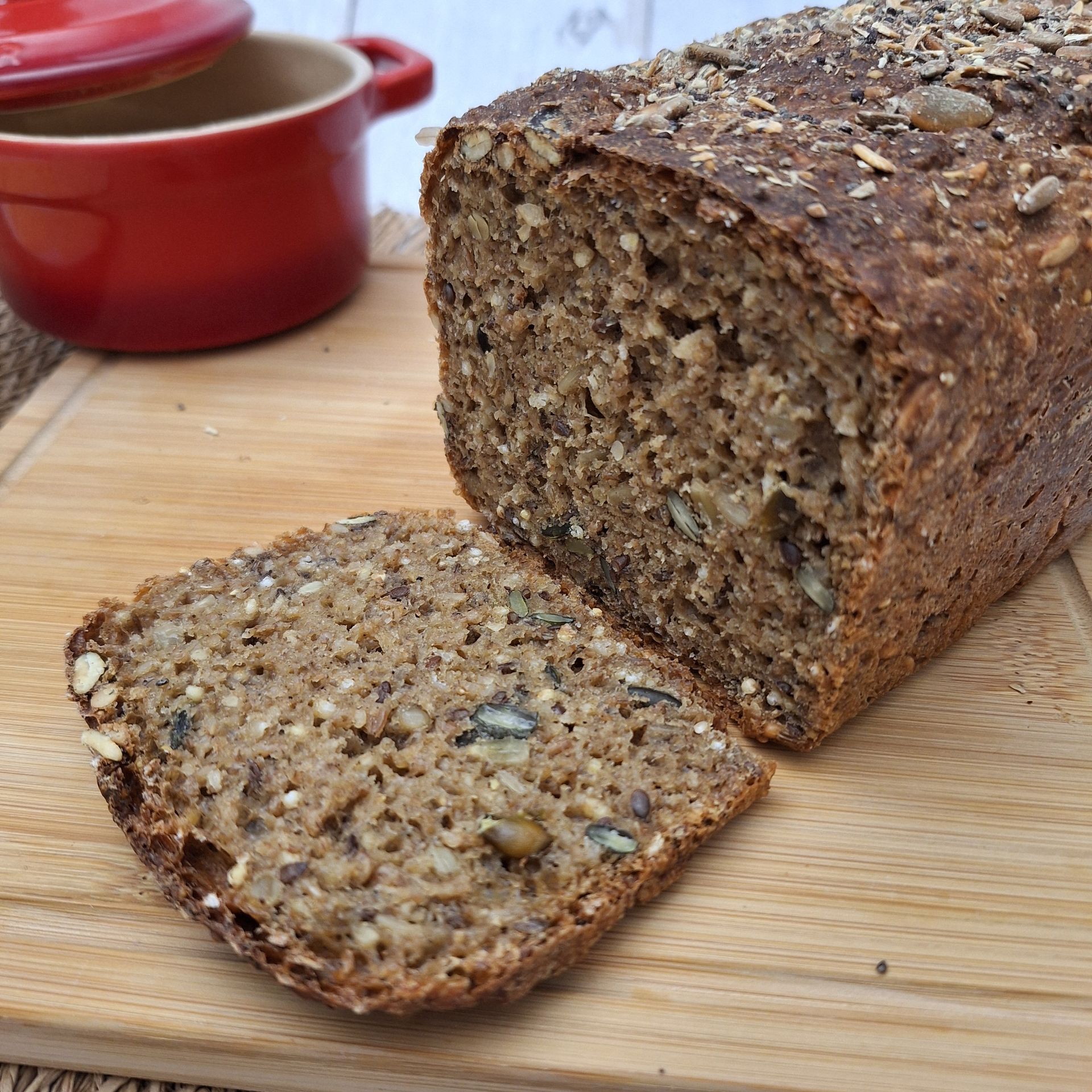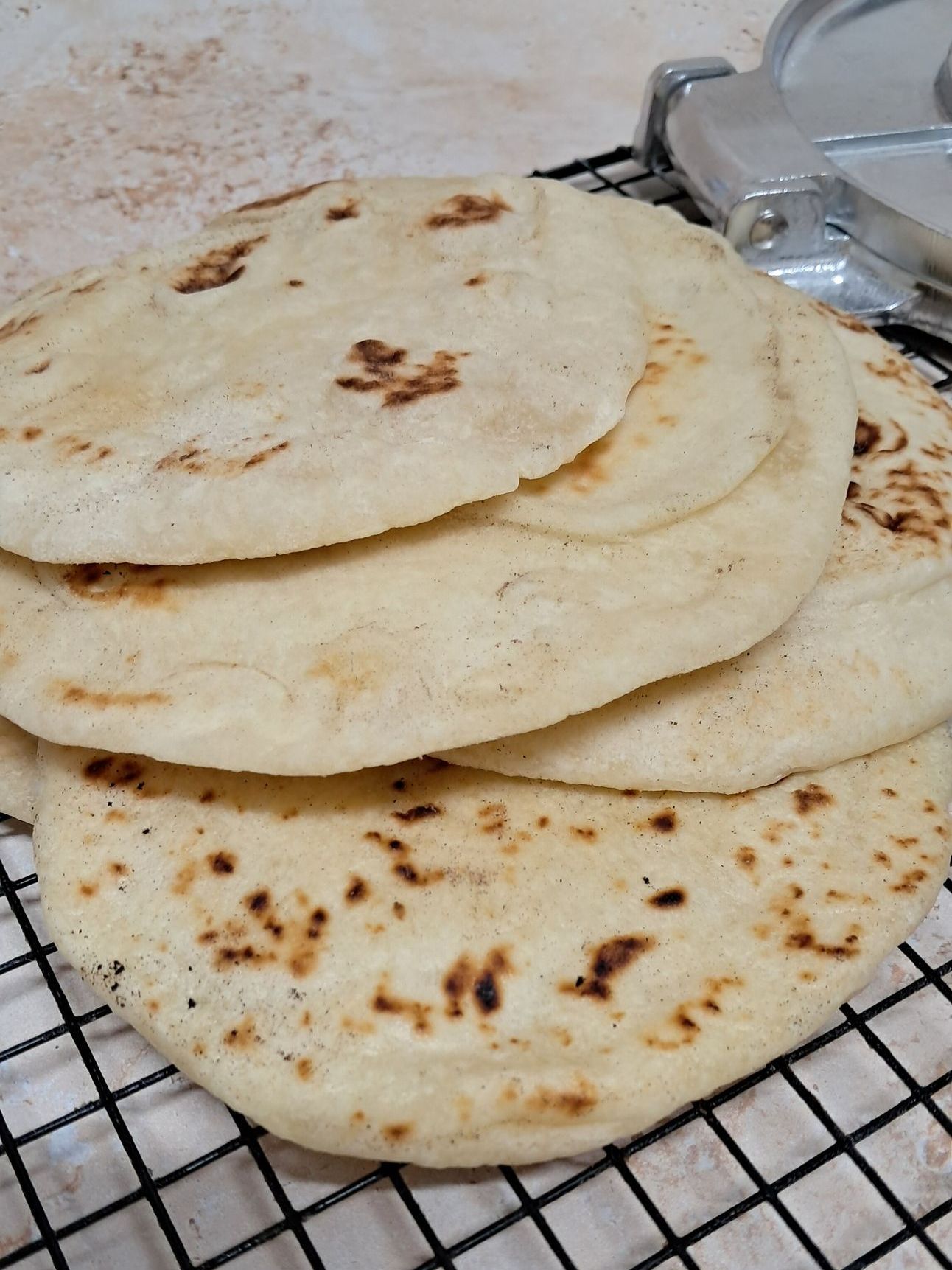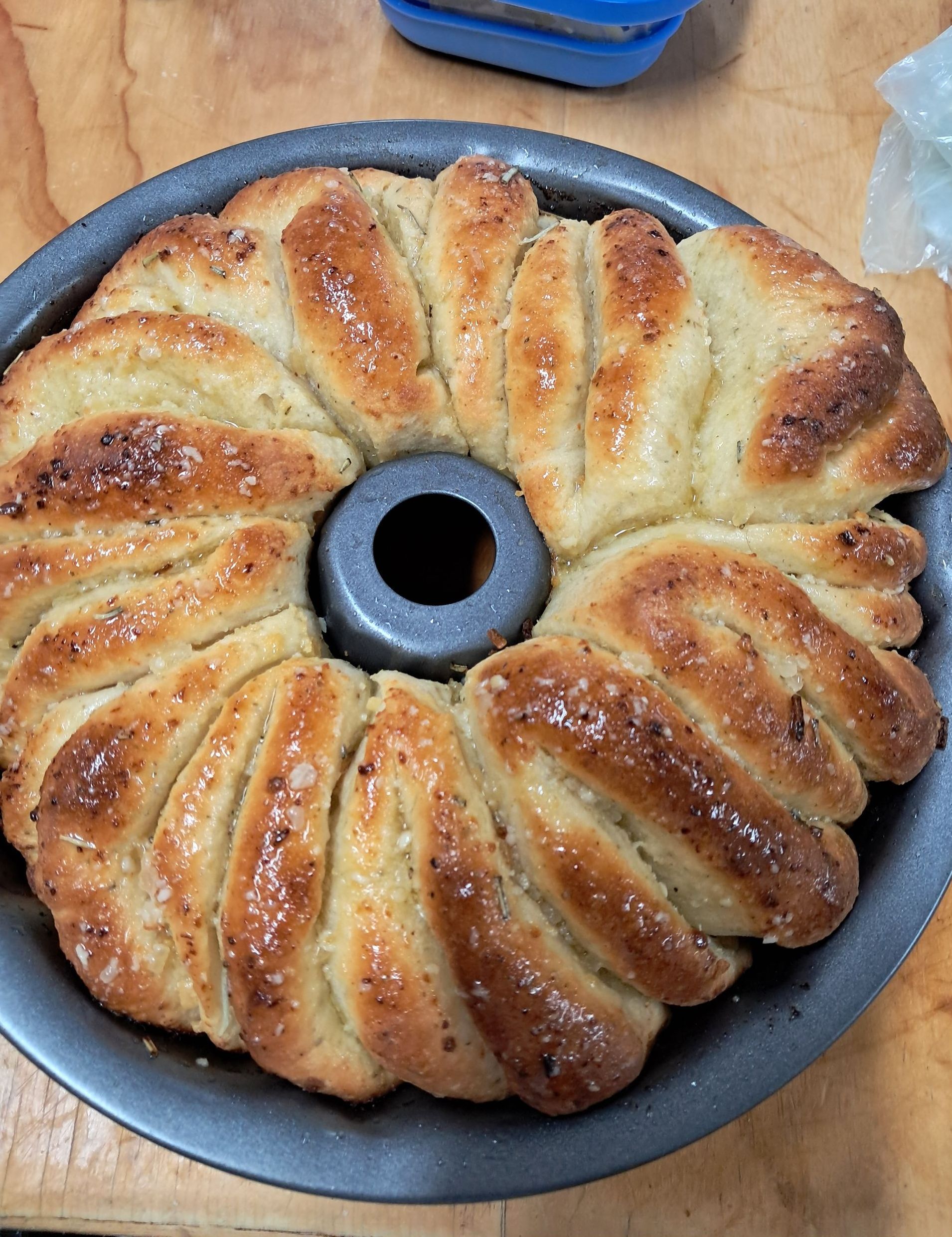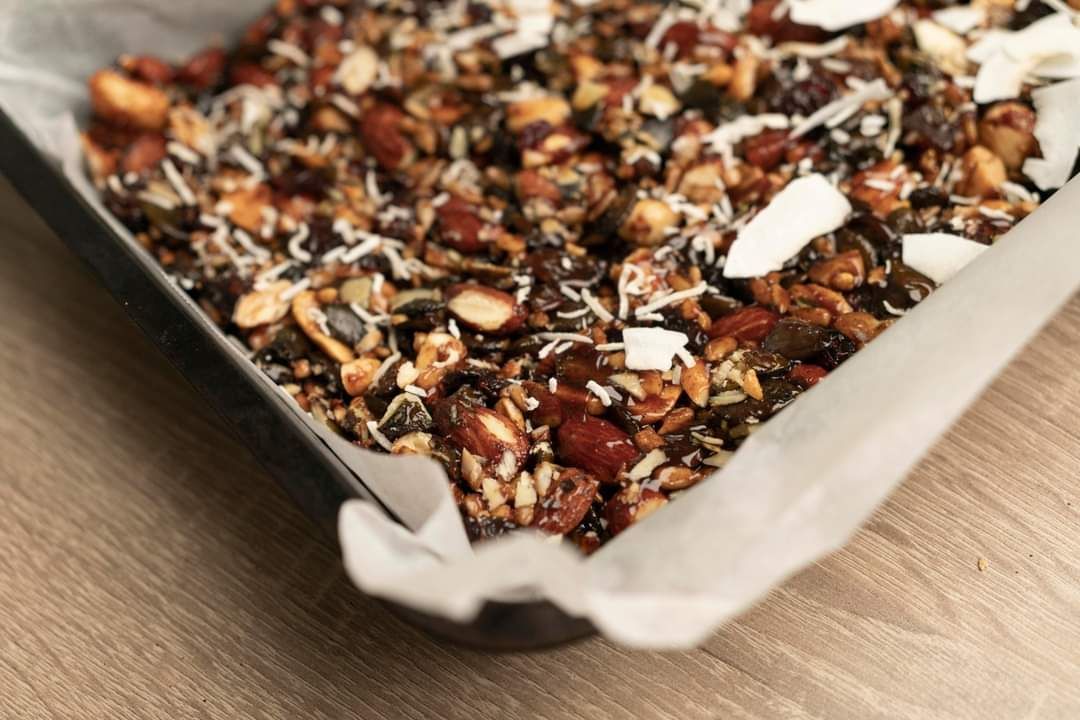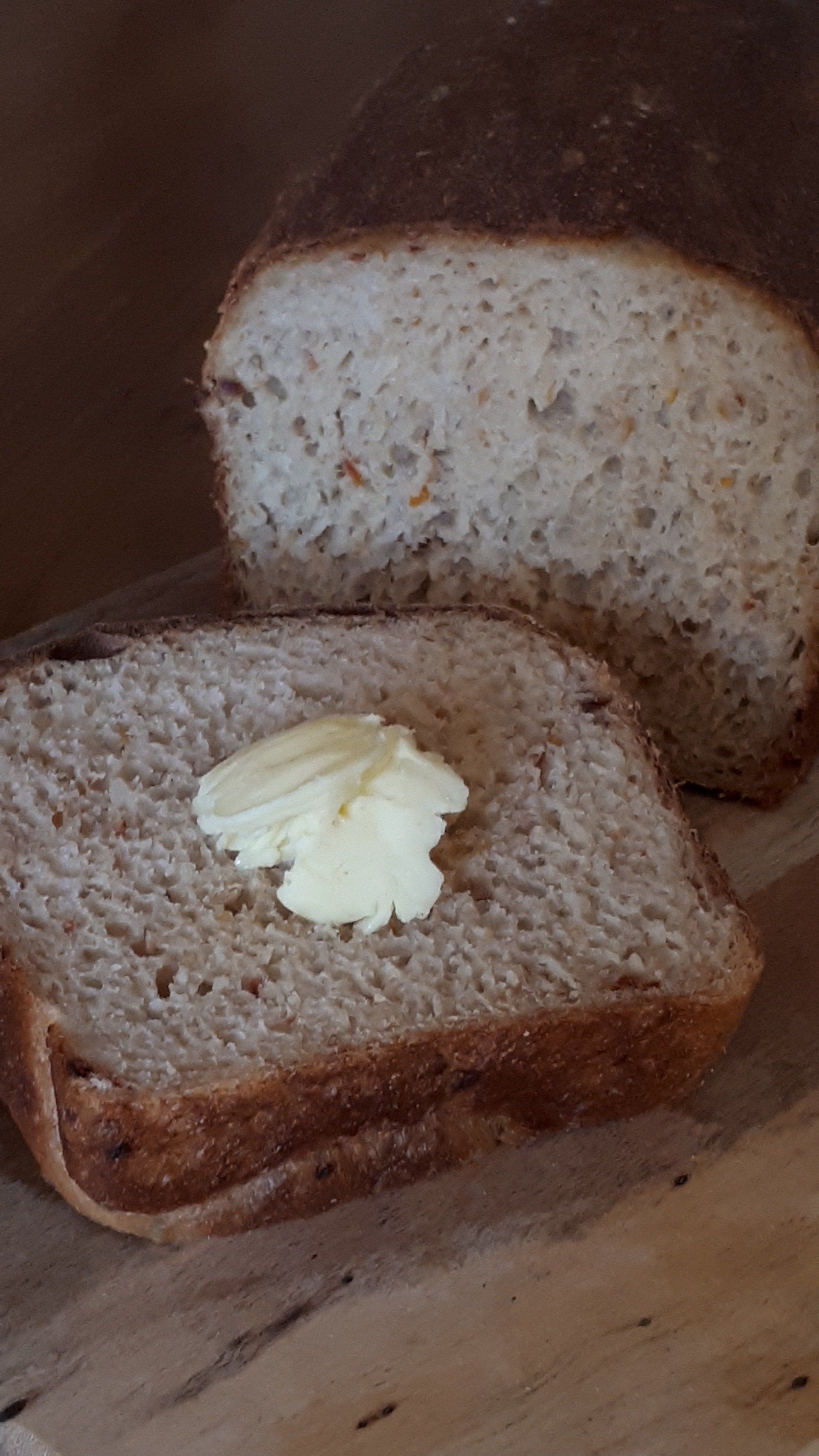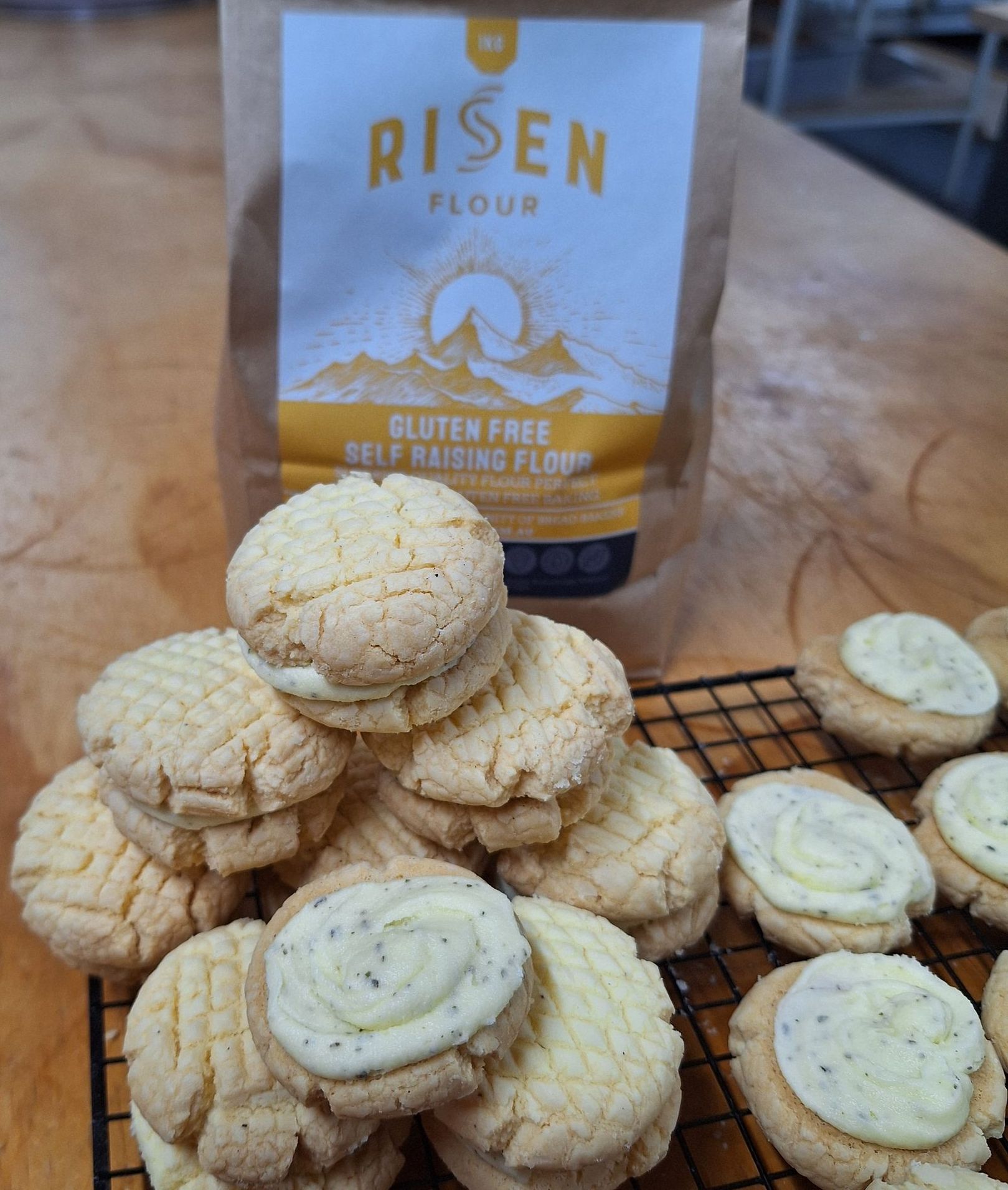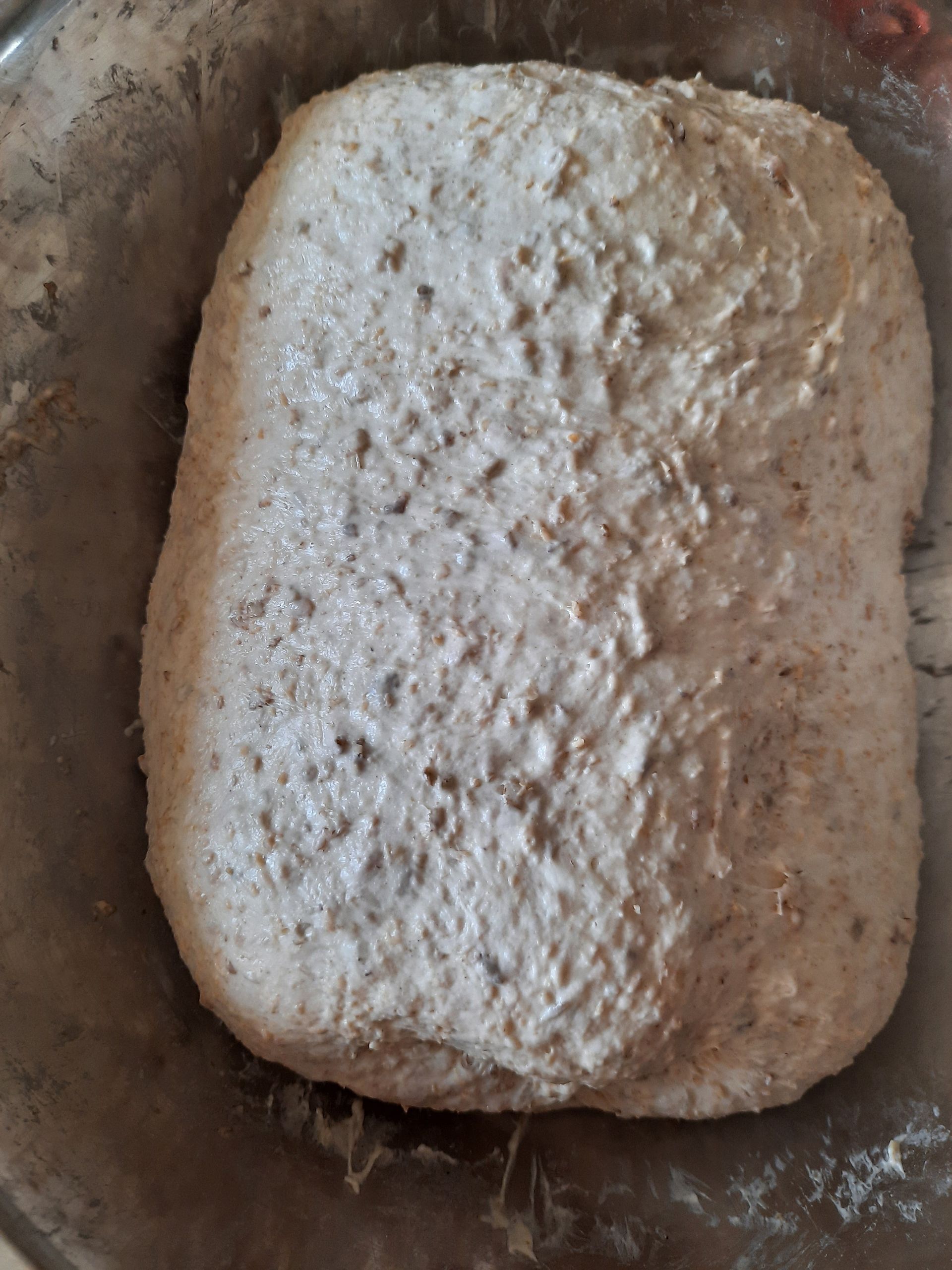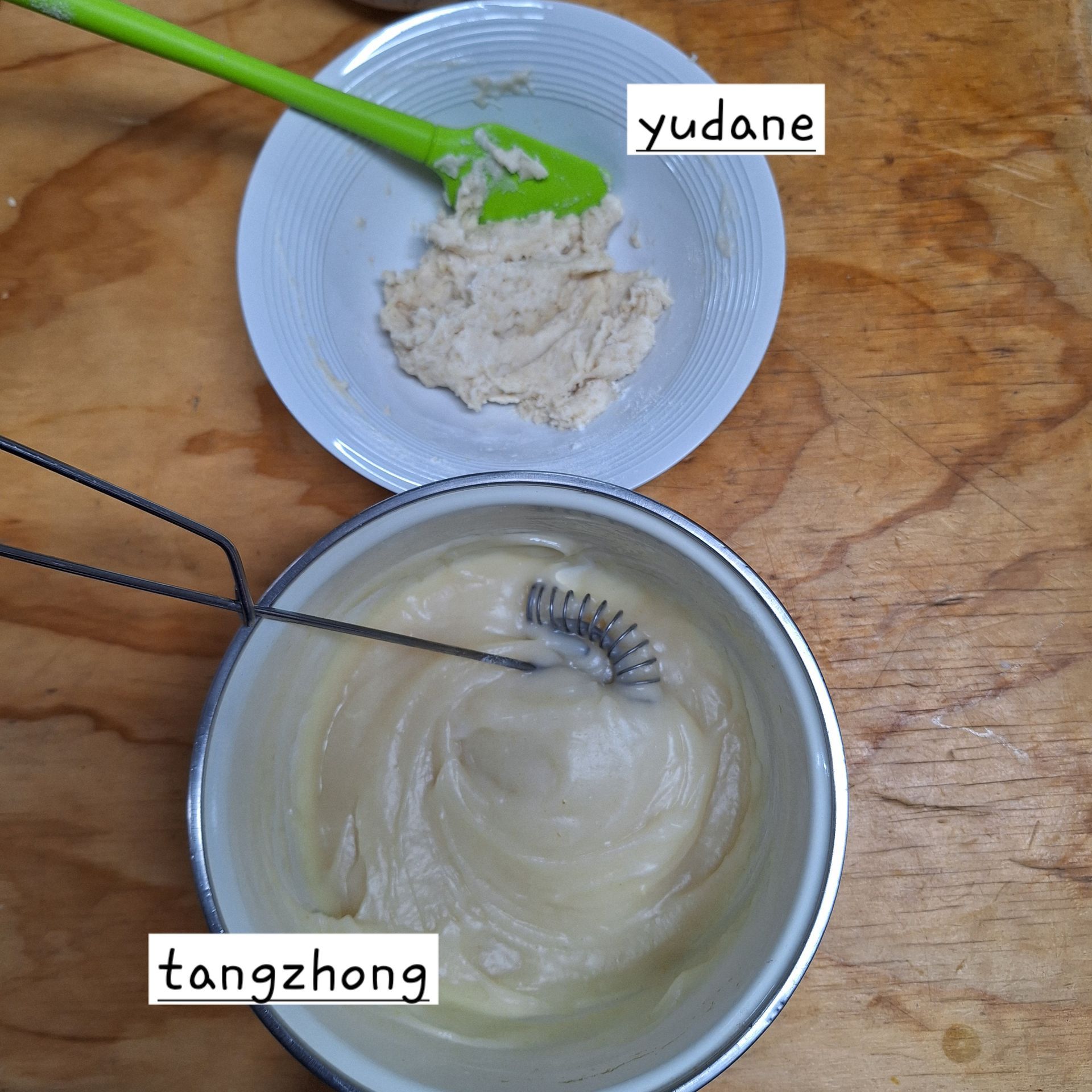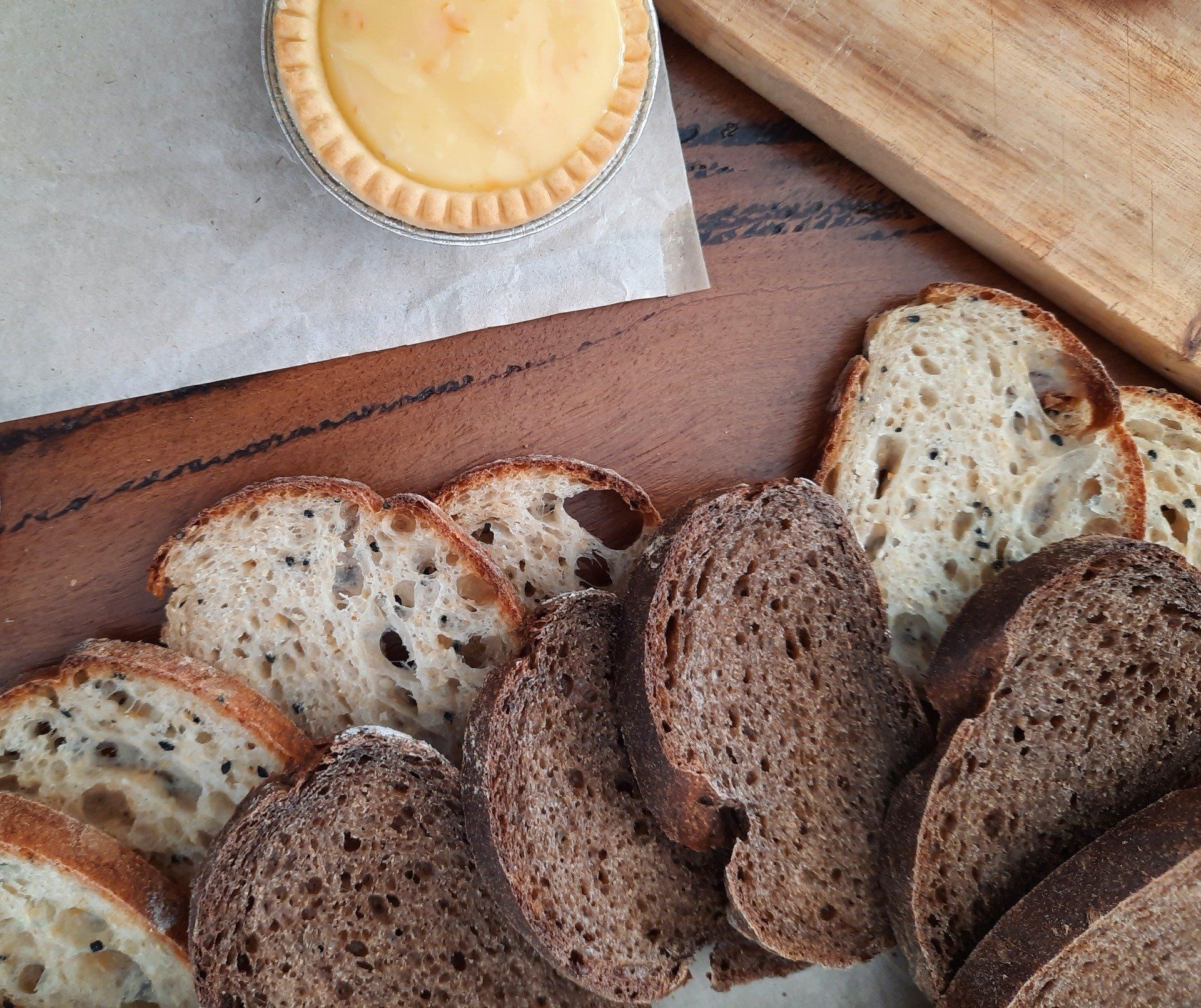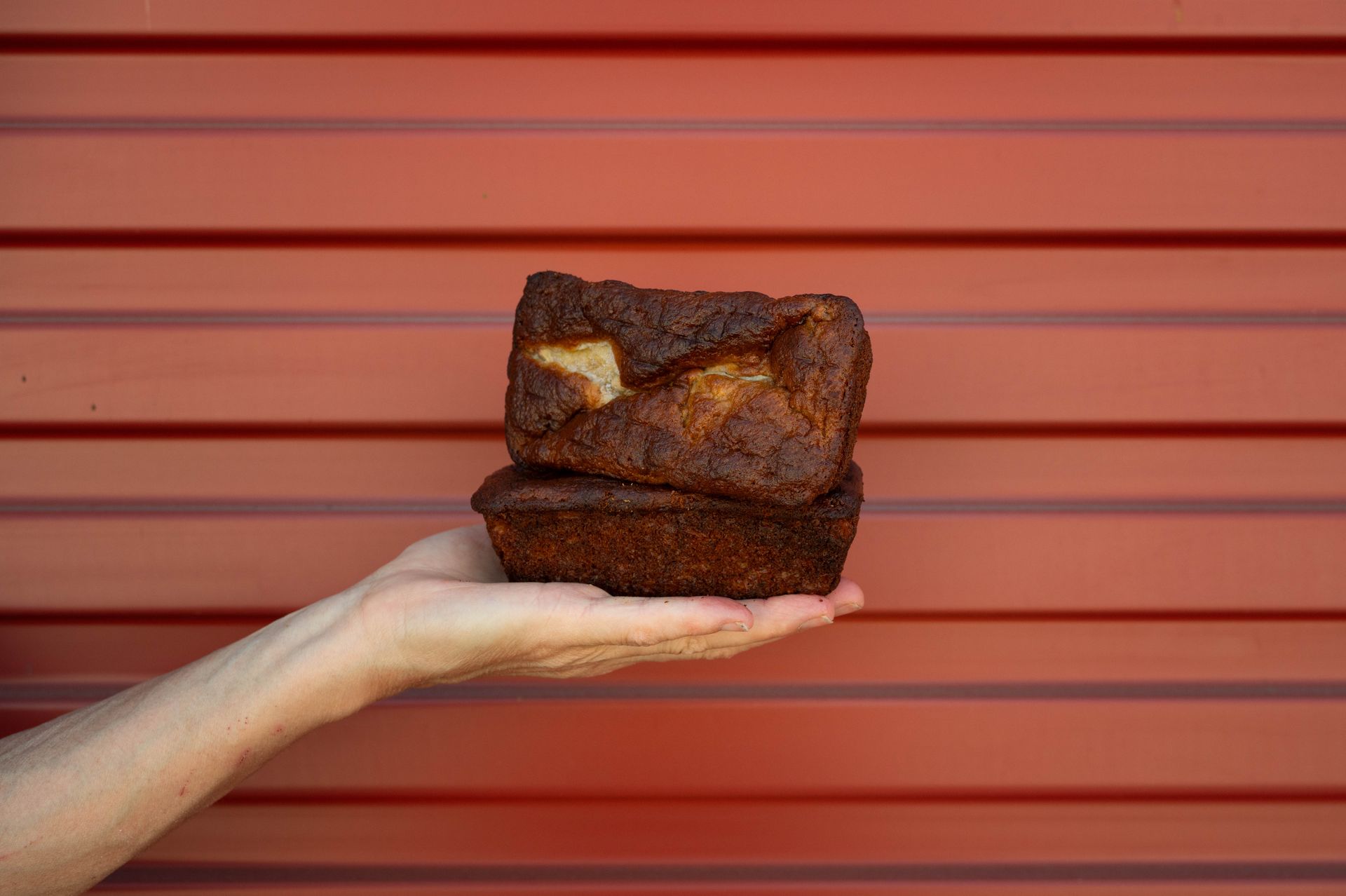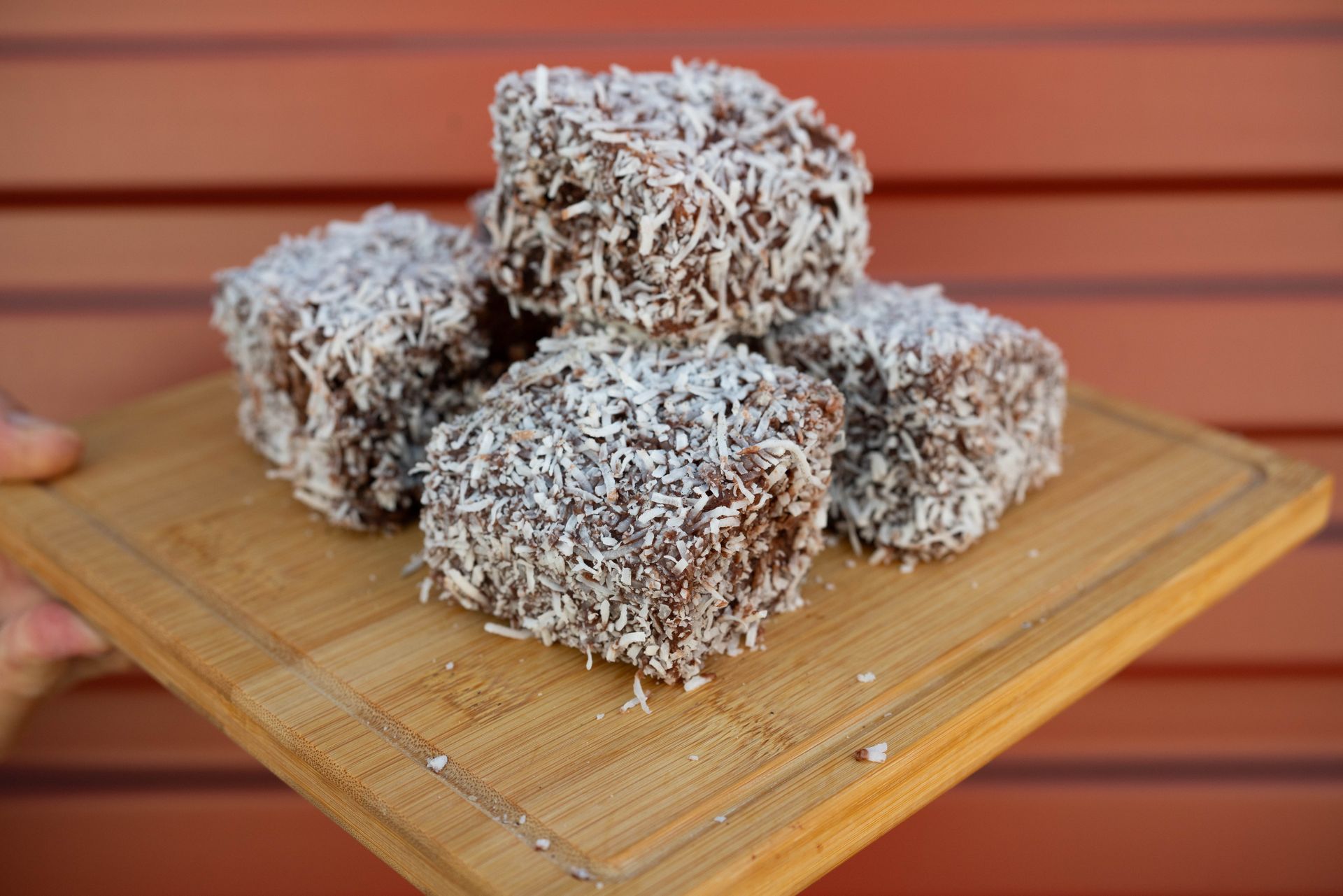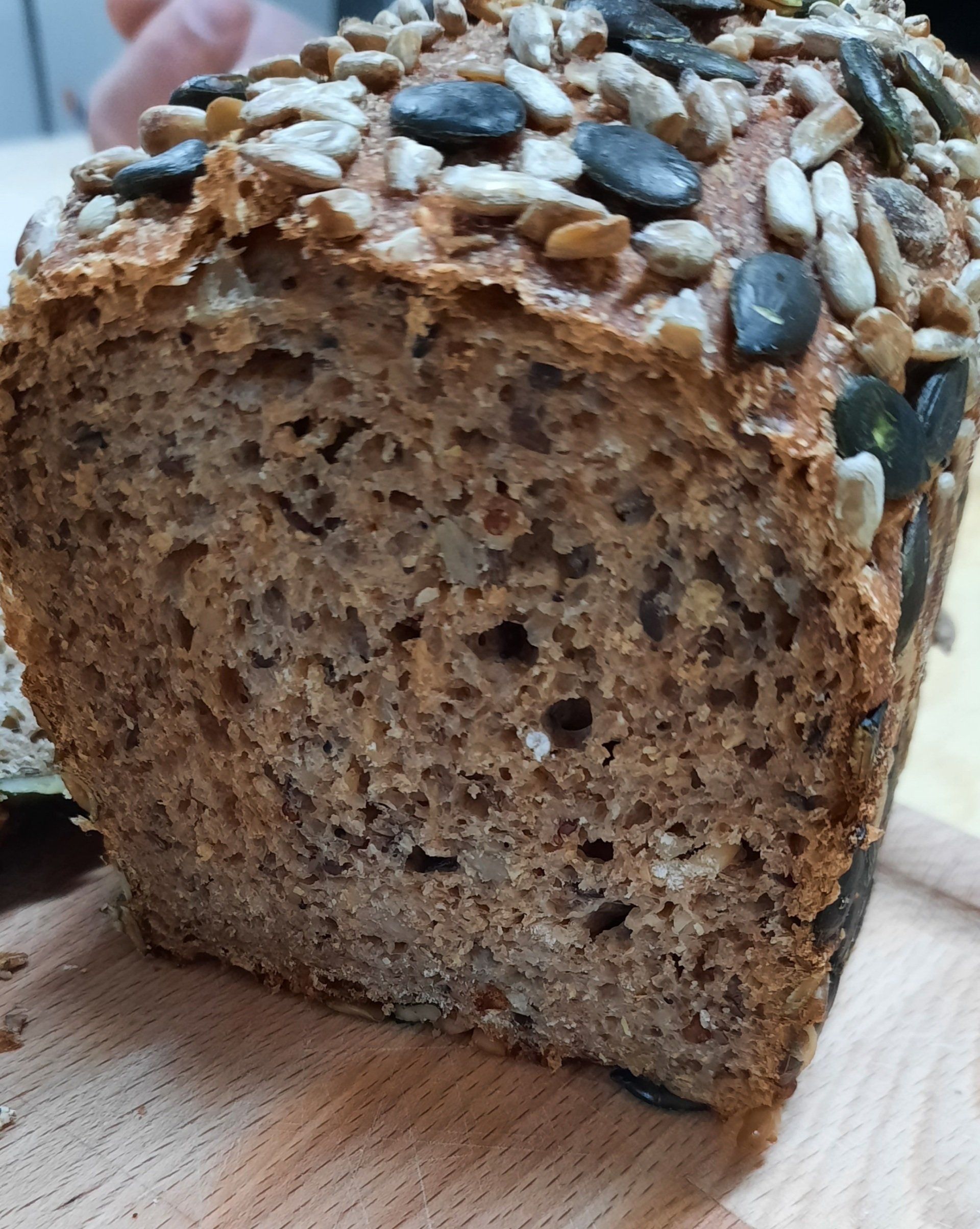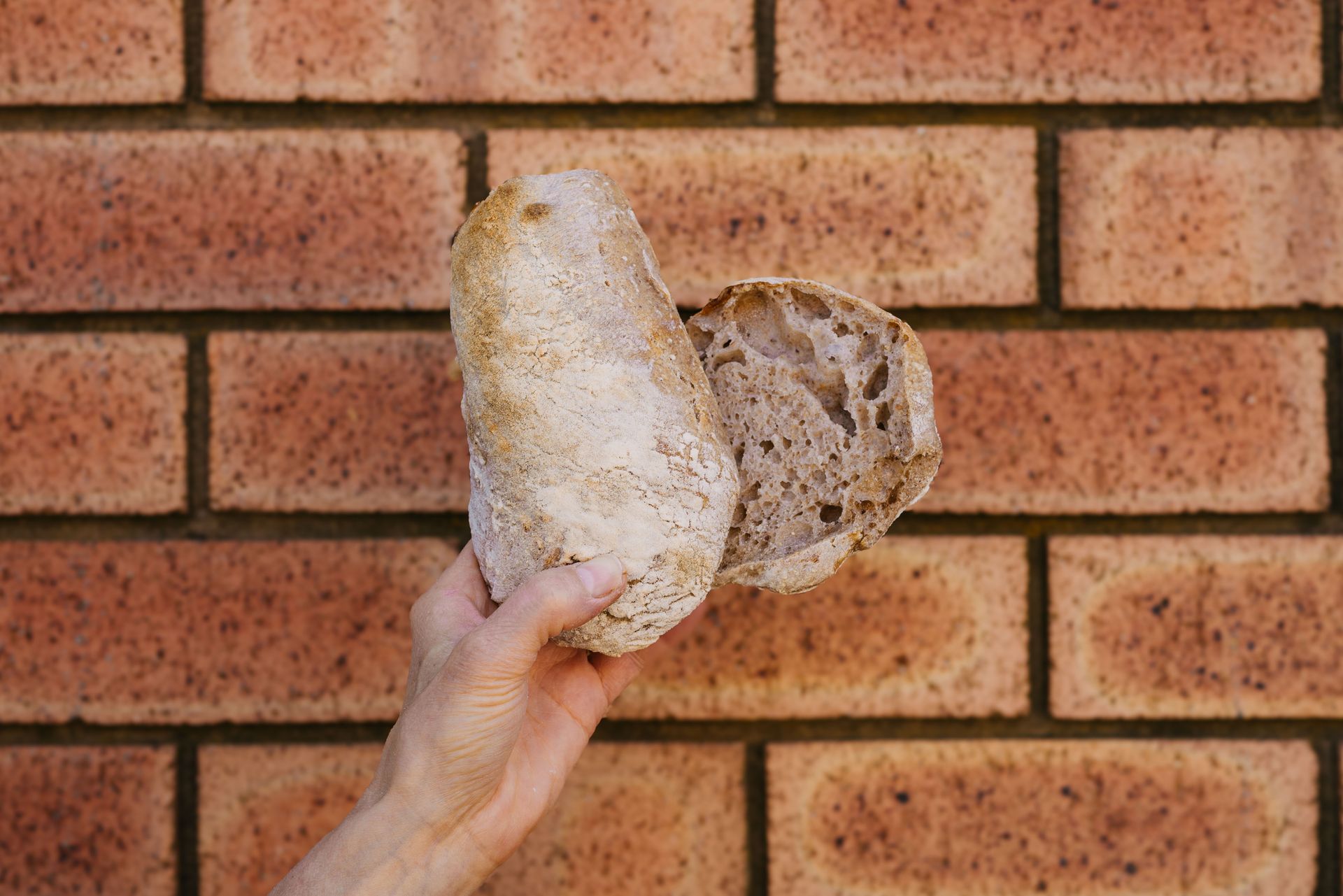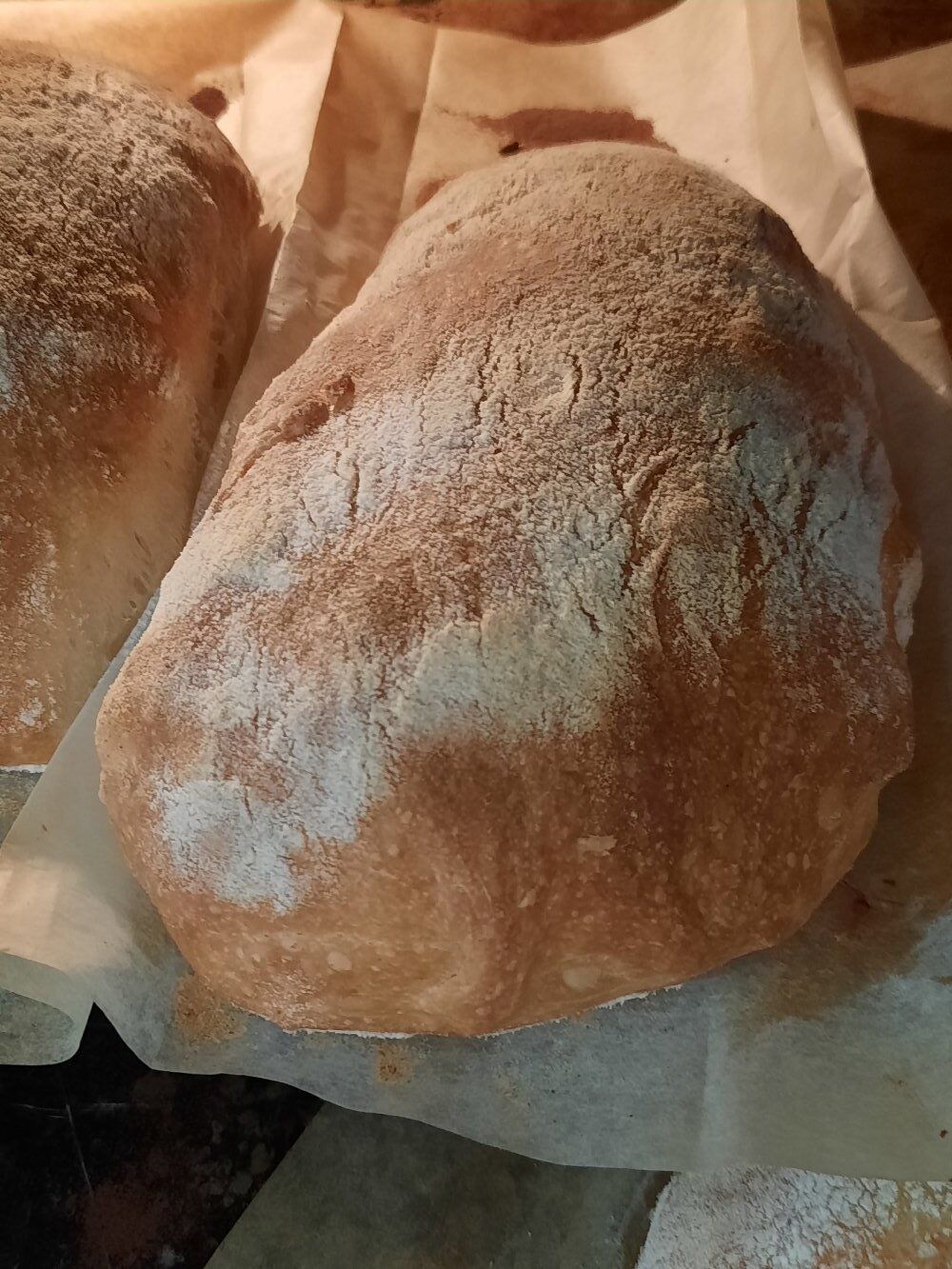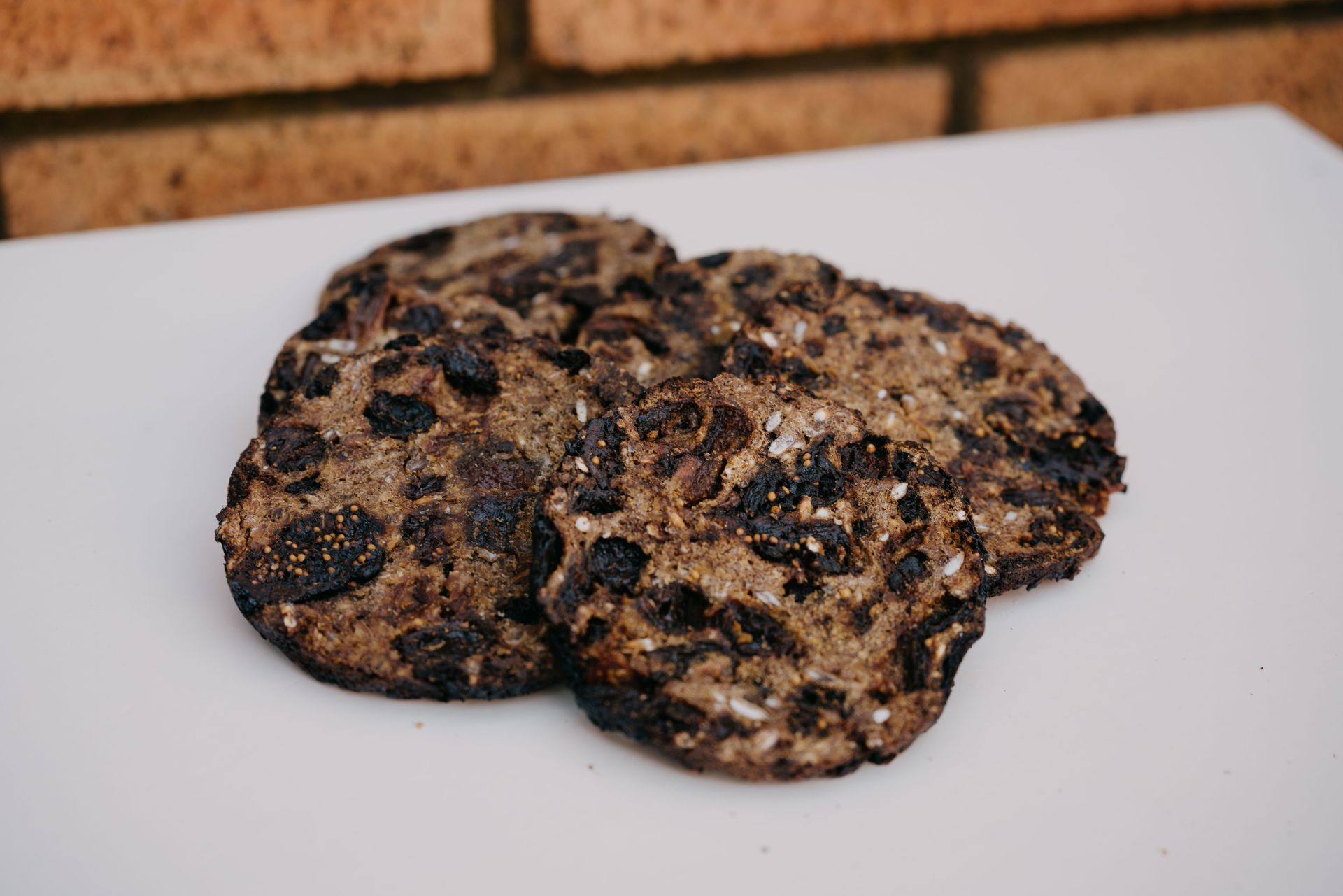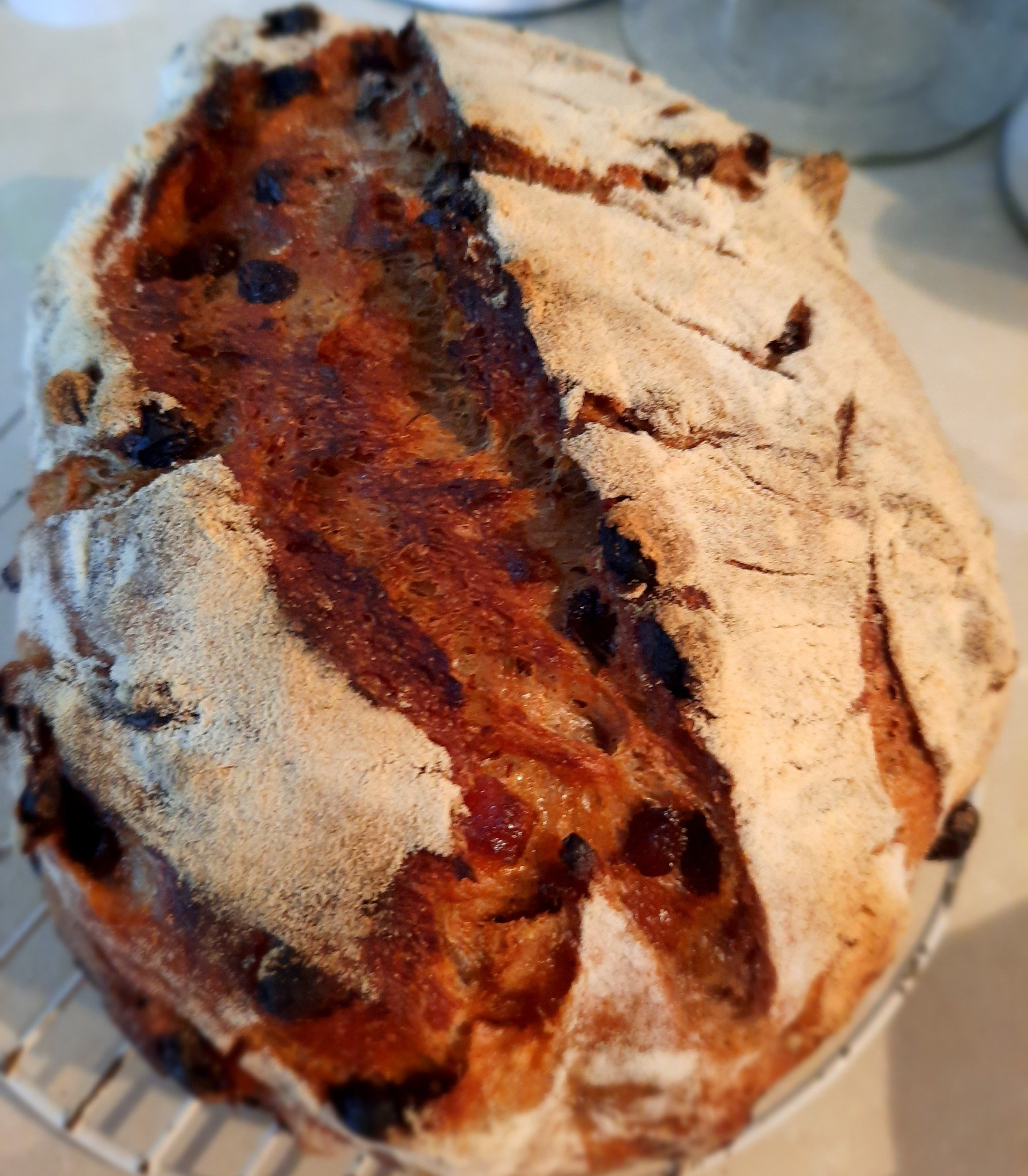WHAT IS DIASTATIC MALT?
Diastatic Malt
Diastatic Malt : to use .... or not ....
Malt is made by sprouting barley or wheat and at just the correct time the germination process is halted by heating it. The temperature at which the grain is heated will be the deciding factor as to if the malt becomes diastatic or non-diastatic - Diastatic malt is at a lower tempreture and non diastatic malt is at a higher temp. It is then milled into a fine powder.
Diastatic malt has enzymes, most importantly amaylese and can aid in the fermentation of your dough by converting more the the starch in flour to sugar (maltose). The additional sugar also helps the crust caramalise giving colour and flavour to the loaf, in all it gives fuel in the fermatation process.
It's essential to start with a smaller amount, especially if you're experimenting with diastatic malt for the first time, and then adjust based on your preferences. Too much diastatic malt can lead to overly fast fermentation and affect the flavor of the bread.
Keep in mind that the type of flour, hydration level, and other factors in your sourdough recipe can also influence how diastatic malt behaves. Always consider these factors and be ready to make adjustments based on your observations during the fermentation and baking process.
Use diastatic malt if your fermentation appears sluggish or there is a long fermentation process such as overnight proofing or you find your crust is lacking in colour and it wasn’t because of too much steam, overproofing or incorrect baking tempretures and times.
Non diastatic malt has undergone high temperatures thereby deactivating the enzyme activity. A form of non diastatic malt that you may know is Barley Malt Syrup. It is high in Maltose and is used to add a malt or nutty flavour to dough such as bagels and enhance crust colour.
Some flours when milled don’t have enough amylase for converting the starches into maltose during fermentation of the yeasts and bacteria and the amylase activity is not of high enough levels to make quality bread. You may choose to add the diastatic malt which might increase the enzymatic activity which will then give the flour fuel for strong fermentation.
Diastatic malt is often used for a recipe that calls for a large percentage of white flour. Use it if your fermentation appears to be sluggish (you will have to use it in your next batch – you can’t add it once fermatation has begun so judge by your previous loaf).
Experiment - make a small loaf with diastatic malt and see if the loaf turns out differently (better) to the loaf you make without the malt. Remember though that you will need to use the same flour otherwise you are not comparing apples with apples (or should I say flours with flours!)
Mix the diastatic malt in with the flour before you add the water and autolyze (if you are autolysing) Start by adding no more than 0.1% of the total flour weight and then go onto using a bit more if necessary, try 0.25% of the total flour weight and increase this if you need to through testing, but not more than a total of 1%. Be careful though don’t add too much as excessive starch will be broken down during fermentation and the bread can have a gummy interior and reddish hue to it.
Use non diastatic malt (malt syrup) purely for sweetness and flavour profile, so use as you wish or as the recipe calls.
We sell both PURE diastatic Malt and a Diastatic Malt Mixture The Diastatic Malt Mixture is added at 20g per 1kg flour. I did this to make it easier for you to measure, as you have to measure such teeny weeny amounts of the pure diastatic malt if using this and not every has that ability.
Don't hesistate to contact me if you have any questions.
Jan
Refrences: - Modernest Bread
The perfect loaf – Mauritzio Leo


